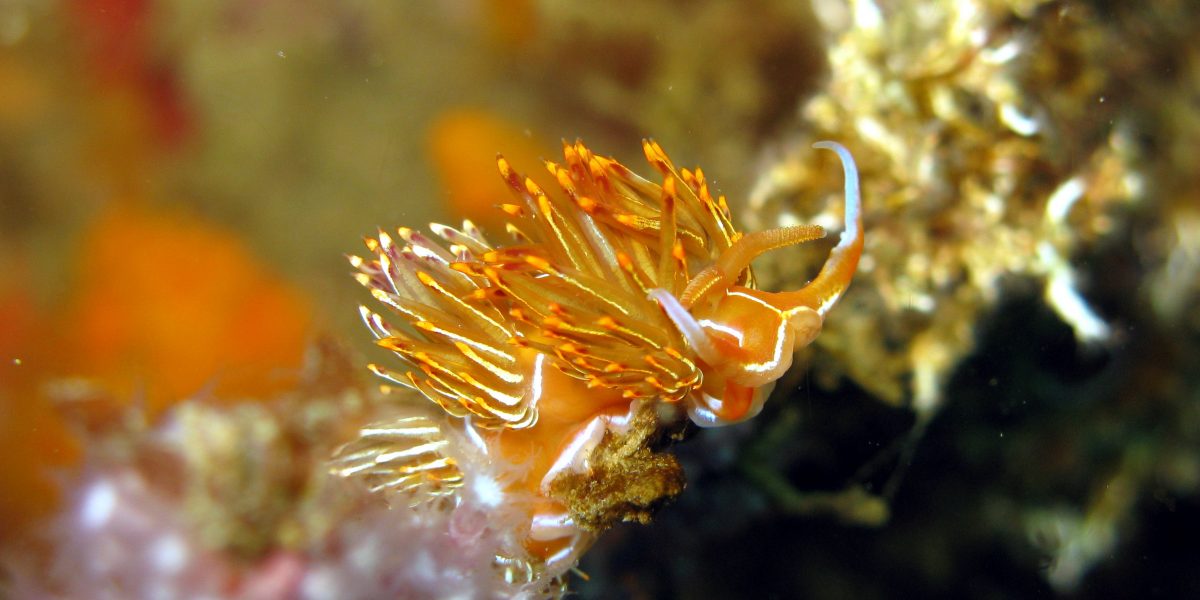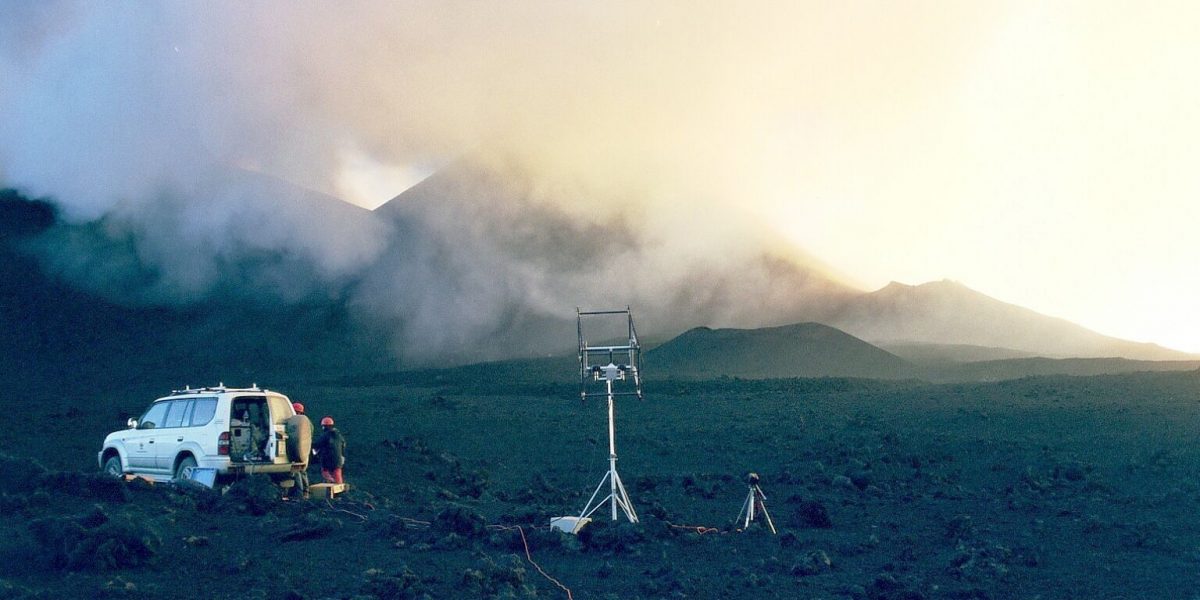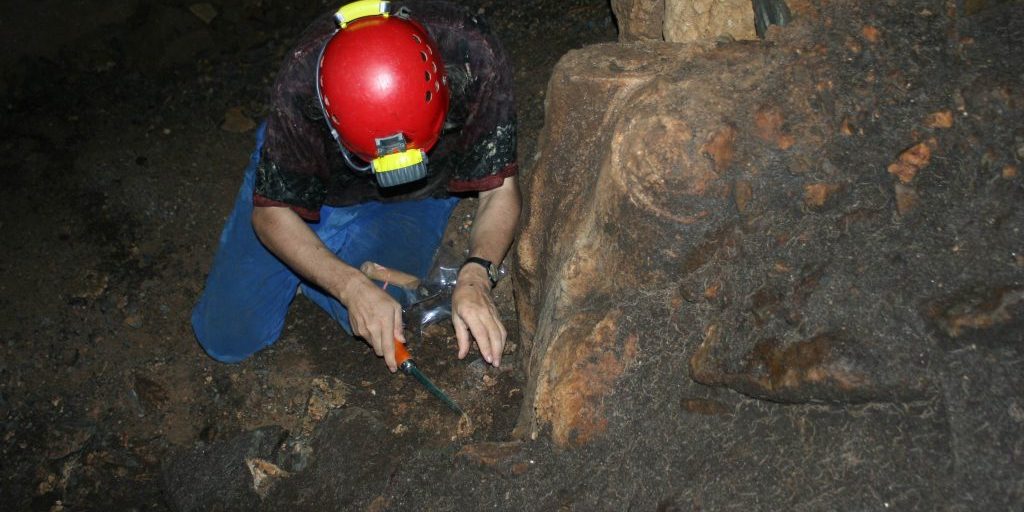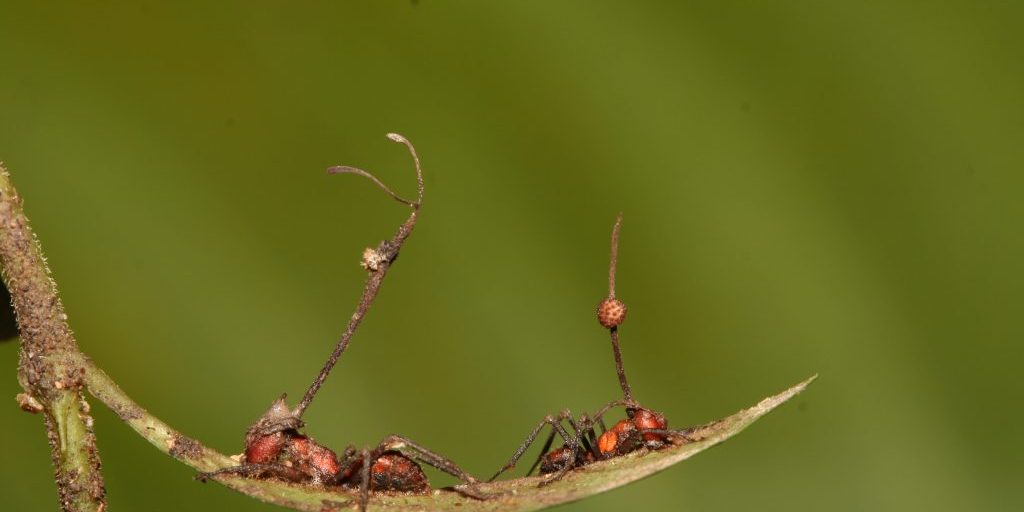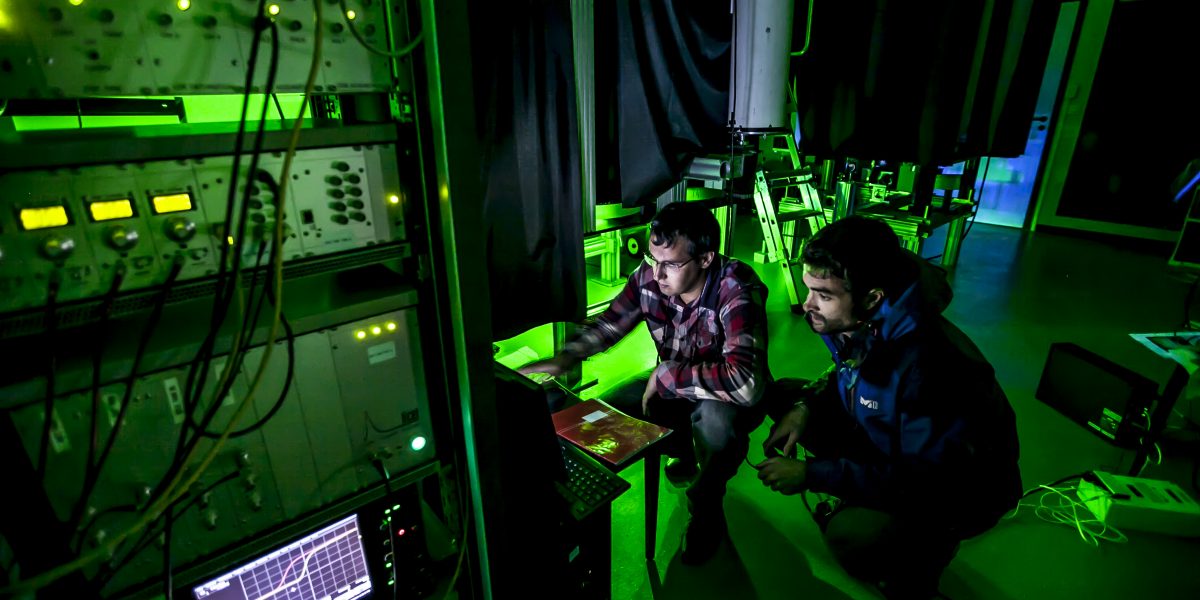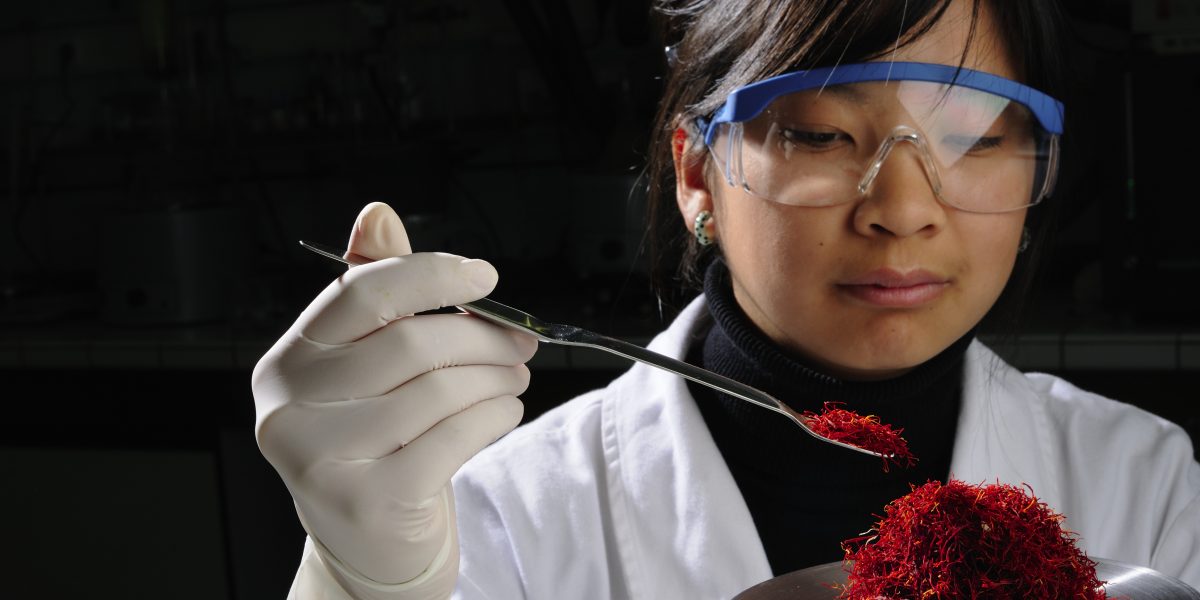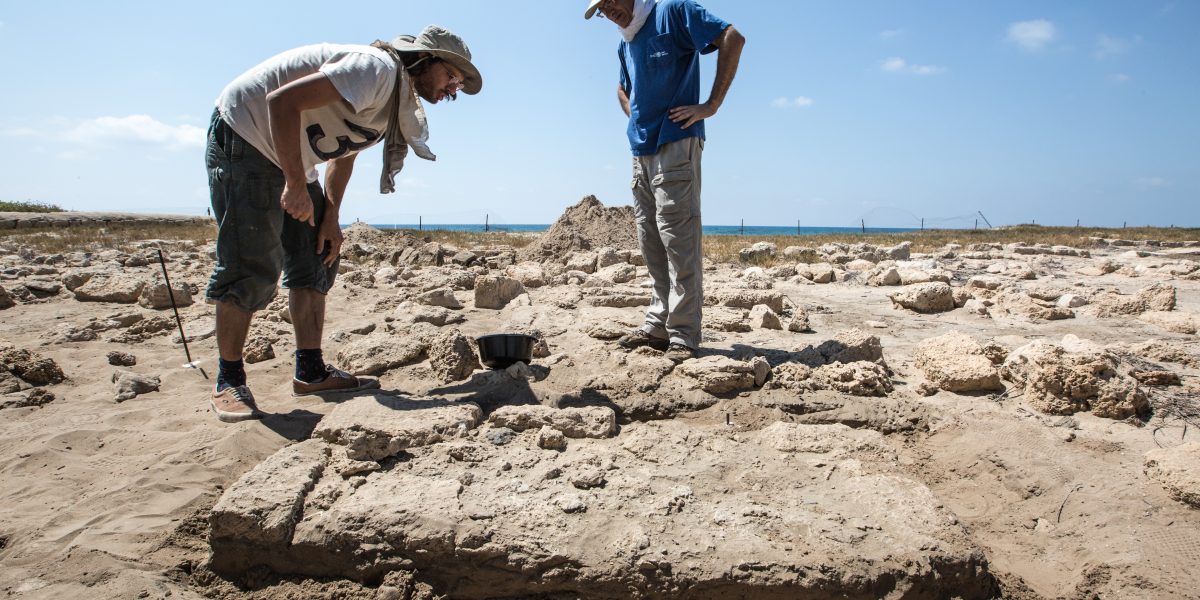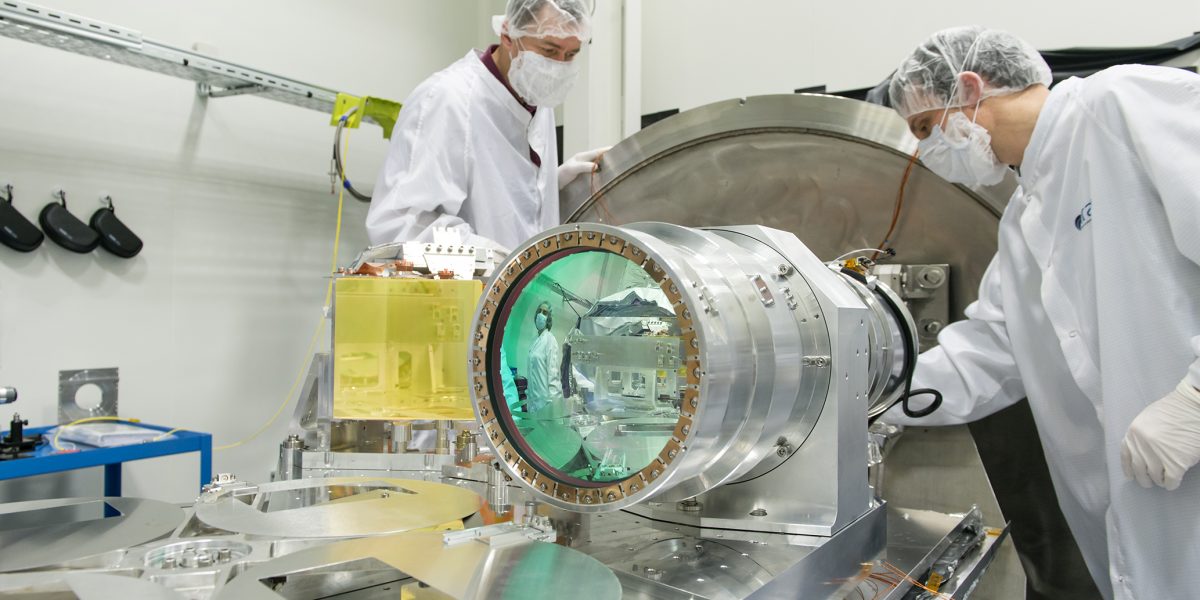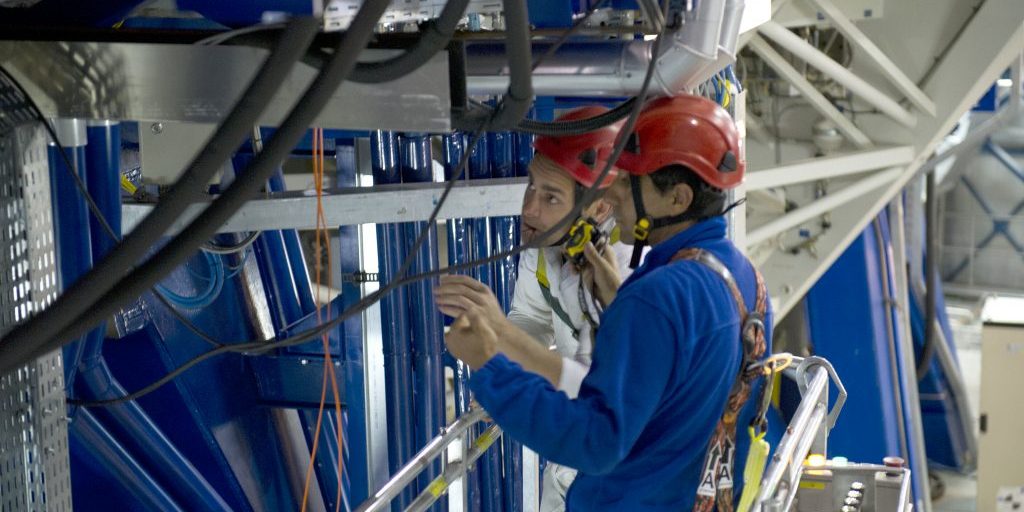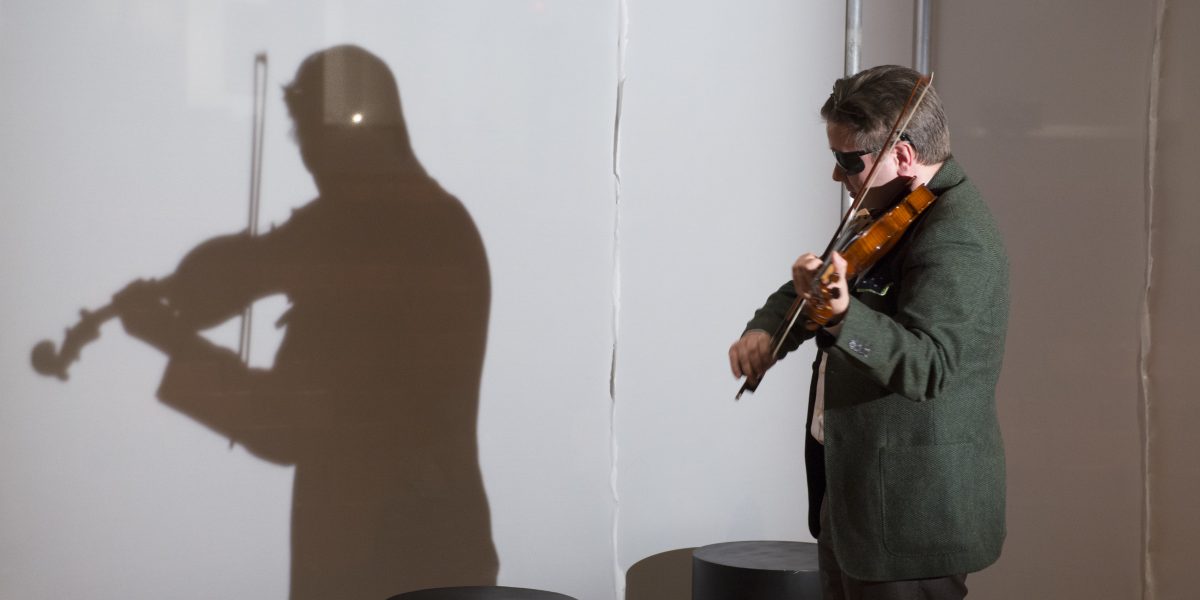The CNRS actively engages in the European Union framework programmes for research and technological development and expands its scientific collaborations with European research institutions committed to excellence
The scientific relationships between the CNRS and the European states are developed as part of local and targeted partnerships of excellence.
- The CNRS wishes to strengthen its strong and long-standing links with research stakeholders from neighbouring, highly-economically developed, research-intensive countries and establish partnerships with Eastern European nations, thereby demonstrating its full commitment towards a stronger and more inclusive European Research Area (ERA).
The CNRS in the Europe of research
The CNRS is European by vocation. Its freedom in research makes cross-border collaborations possible and necessary. Since its creation, it has thus set up common projects, networks of laboratories and made collective discoveries with its European partners. Since 1983, it has also joined the various European Union Framework Programmes for research, which has led to a reinforcement of European cooperation, the pooling of resources and convergence of national scientific policies. The CNRS is now one of the major stakeholders in the ERA and enjoys a prominent position at the international level with breakthrough discoveries such as the Higgs boson, the Philae lander or black holes radiography.
Thanks to its thousand laboratories of excellence – many of which are joint laboratories with universities or other French research institutions – and to its strategy firmly geared towards interdisciplinarity, the CNRS is one of the first ERA beneficiaries. It has received more than €700 million since the launch of the first European framework programme for research, and has exceeded the threshold of 500 European Research Council (ERC) laureates in Spring 2019.
While France provides 16% of the European Union’s research budget, its share in European research programmes barely exceeds 10%. The CNRS therefore intends to further increase its European involvement at a time when Horizon Europe is being defined – with a budget expected to reach €100 billions. Horizon Europe will strongly reinforce the ERA and facilitate the transfer of basic knowledge into groundbreaking results and processes able to revive economic growth (mainly with the creation of the European Innovation Council). Finally, it will make European construction indissociable from scientific progress in the eyes of European citizens (through the creation of missions).
This involvement implies that the CNRS stakeholders concerned should submit a greater number of projects, whether within the framework of the ERC or of collaborative calls for proposals. This means that laboratories, scientific networks, and the ten CNRS scientific Institutes must encourage their scientists to apply. It also requires the CNRS regional offices and European Projects Engineers to support researchers, and experts and the European Research and International Cooperation Department to decipher the European programmes.
This also entails that the CNRS reinforces its influence in Brussels. It needs to mobilise experts to evaluate European projects and help define future work programmes as well as the European Union’s strategic choices in terms of research. This must be achieved by targeting partnerships of excellence with the most proactive universities and research institutions, and by providing the European institutions in Brussels, i.e. the Commission and Parliament, with the expertise they need.
The CNRS in Brussels :
- is the interface between the CNRS and the European institutions (European Parliament and Commission) and agencies ;
- contributes to defining the CNRS’s position regarding Europe and make it known in Brussels ;
- helps researchers working within a CNRS laboratory to apply for European research funds through its network of European Projects Engineers spread across the CNRS regional delegations.
A partnership dynamics between research institutions that has no equivalent worlwide
The ERA pools knowkedge and resources. The Shengen Area facilitates exchanges and mobility between researchers. This joint commitment towards gathering resources and strategies at the European scale has enabled cooperation of unprecedented intensity between European scientific communities as well as the creation of a dense network of collaborations with research organisations, universities and regional education authorities.
For the CNRS, Europe represents :
– a priority investment zone: the CNRS massively contributes to the French effort in developing and funding large European research infrastructures. It dedicates one third of its international budget to Europe. 70% of the annual missions of CNRS researchers are carried out in Europe and a majority of these take place in France’s neighbouring countries, which also provide most of the CNRS’s foreign workforce.
– an area of intense and diversified cooperation: 60% of the CNRS’s international co-publications stem from its partnership with European institutions. Furthermore, Europe is one of the organisation’s privileged areas for establishing international research laboratories (IRL), more specifically in mathematics and the humanities and social sciences. In addition, the creation, in 2018, of the G6 involving the six multidisciplinary research-performing organisations in Europe (the CNRS, the Italian CNR, the Spanish CSIC and the German Helmhotz Association, Max Planck and Leibniz Societies) sought to harmonise each of these institutions’ strategic approaches and strengthen their concerted action.
Germany : a global scientific power
France and Germany are the first patent filers in Europe and main contributors to the European research and development budget. Their commitment to joint research priorities, namely digital transformation, energy transition, space strategy, and the convergence of national research systems, was renewed by the Aix-la-Chapelle Treaty in 2019.
Germany is the CNRS’s first partner in terms of number of projects in the Horizon 2020 programme. The collaboration between the CNRS and its German partners is characterised by the prevalence of networks that aim to herald European consortia. The Marc Bloch French-German Centre for social science research, established immediately after the fall of the Berlin Wall, forms an integral part of the Berlin research landscape. The CNRS has also developed many international networks and projects with its multidisciplinary and first publication partners in the world such as the Max Planck Society and the Helmholtz Association as well as the main German universities. An IRL in high-energy physics is currently underway with the Helmholtz Association to reinforce this ambitious action plan.
Italy and Spain : two key Euro-Mediterranean research stakeholders
With France, Italy and Spain are at the crossroads of the European Union and Mediterranean countries. They participate in the development and structuring of scientific and technological exchanges and collaborations in the region.
The strong ties that unite the French, Italian and Spanish scientific communities led to the creation of many units such as the Fibonacci IRL in mathematics, jointly run by the CNRS and the Scuola Normale Superiore in Pisa (Italy), the Jean Bérard Centre in archaeological research, in partnership with the Ecole Française de Rome, and the French-Spanish astrophysics laboratory in the Canary Islands.
The Italian National Research Council (CNR) and the Spanish National Research Council (CSIC) are the CNRS’s first partners, both as regards European research framework programmes and bilateral initiatives.
The United Kingdom : a global science & innovation leader
As Europe’s first producer of scientific publications and France’s second-largest scientific collaborator, the United Kingdom is an essential partner of the CNRS, through a diversified cooperation that extends from mutual agreements between individual researchers to joint participation in the main international organisations.
The will to set up IRLs with major British research institutions is the CNRS’s first response to the risks associated with Brexit. In that respect, an IRL in biological sciences will be inaugurated in 2020 with the University of Cambridge. It will strengthen the CNRS’s presence across the Channel, in addition to the Maison Française d’Oxford in the humanities and social sciences, and the Abraham de Moivre IRL in mathematics, which was established in 2018 with Imperial College London.
From outside the Union
Russia : a strong tradition of cooperation
The bilateral research collaboration between France and Russia is based on strong and historical ties. In a changing Russian landscape, long-standing institutional partnerships between the CNRS and the Russian Academy of Sciences, the Russian Foundation for Basic Research (RFBR) or the Joint Institute for Nuclar Research (JINR) form the basis of an intense and pluridisciplinary scientific cooperation with Russia. The CNRS is the world’s first co-publishing partner of Russian research institutions.
This bilateral collaboration relies in particular on Moscow-based IRLs, such as the Poncelet Interdisciplinary Scientific Centre in theoretical physics and mathematics, and the Centre d’Etudes Franco-Russe in the humanities and social sciences, as well as on the ARTEMIR and COSIE environmental science laboratories in Novossibirsk and Iakoutsk, respectively.
Asia : a leading hub for world science
Asia has become over the years one of the major hub for world science and is one of the key partners of CNRS in the world.
Japan : a global scientific power
Japan has a long-standing, internationally recognised scientific reputation. Various institutes – RIKEN, AIST, NIMS, KEK – and renowned universities – Tokyo, Kyoto, Nagoya, Osaka, Tohoku, Hokkaido –embody Japanese science.
The CNRS facility in Japan recognises the global potential of collaborations with Japan :
- A Tokyo-based office ensuring regional coverage – Japan, Korea, Taiwan – with a technology transfer representative ;
- A priority network of international research laboratories (IRL) – similar to the one developed in the US – to enhance the visibility and influence of French research within the best Japanese institutions ;
- A strong structuration in International Research Projects (IRP) and Networks (IRN) that bring together communities around priority thematic areas and lay the groundwork for future development ;
- A partnership with the Japan Society for the Promotion of Science (JSPS), which covers grants for French post-docs in Japan, as well as joint research projects, and ensure active monitoring of emerging strategic cooperation ;
- The European Interest Group « Connecting and Coordinating European Research and Technology Development with Japan » EIG CONCERT-JAPAN, whose Executive Secretariat is hosted by the CNRS in partnership with the Japan Science and Technology Agency (JST).
Singapore : a unique R&I environment
R&I in Singapore is characterised by its originality: the government is committed to financing high-quality research and cutting-edge infrastructures, the relations between the academic and industrial sectors are easy in order to attract the world’s best scientists and to make Singapore an international scientific hub with unique synergies.
The CNRS in Singapore is structured around :
- An office with a regional coverage ;
- A significant number of International Research laboratories (IRL) – including a collaboration with Thales – shared between Singapore’s main institutions (NUS, NTU and A*STAR).
The CNRS strategy in Singapore focuses on strengthening its leading role as a major partner and exploring new means of cooperation taking into account the increasing power of the Singapore research agency NRF, via the CNRS@CREATE project, which consists in funding a research subsidiary on a dedicated campus. The CNRS is the first research institution to be partner with NRF in a research environment dominated by internationally recognized and leading univerisities.
Korea and Taiwan : Advanced scientific capabilities
In comparison with Japan, the scientific development of Korea and Taiwan is recent, but nonetheless well established and led by renowned universities (Seoul National University, Chang Gung University, and National Tsing Hua University). Research organisations — either of long-standing repute like Taiwan’s Academia Sinica, or recently created like Korea’s Institute for Basic Science — carry out basic research backed by significant funding.
The CNRS’s cooperation with these partners seeks to strengthen their potential. Although Korea synchronises structured actions, its publication record does not fulfill its potential in any scientific field. The situation is similar in Taiwan, with the exception of Human and Social Sciences and sciences of the Universe.
China : an emerging power
The rise of Chinese research is undeniable, raising important challenges such as field and data access, research infrastructures, etc. The country has proven cofinancing capacity.
The CNRS in China :
Our organisation focuses on flexible structures, such as virtual laboratories and networks, including:
- An office in Beijing with regional coverage – China, Hong Kong, Mongolia ;
- An international research laboratory (IRL) liaising between Solvay and Chinese university partners, as well as an UMIFRE in Hong Kong ;
- A large facility of international research projects (IRP) and networks (IRN) working in collaboration with Chinese scientists ;
- The CNRS participation in major projects like the French-Chinese archaeological mission in Xinjiang (MAFCX), the Space Based Variable Objects Monitor (SVOM) and China-France OceaChina-France Oceanography Satellite (CFOSAT).
India : A major partner with growth potential
The scientific development of India goes together with its economic growth, asserting its position as a global power. India represents 18% of the world’s population and experiences annual growth of 7%, which has enabled the country to increase its R&D investments and develop top-level research centres.
The CNRS in India :
- An office in Delhi with regional coverage ;
- Two international research laboratories (IRL) – in mathematics and computer science – and two UMIFREs – in social sciences and environmental science ;
- A large facility of research projects working hand in hand with local scientists ;
- Pre-structuring projects in cooperation with the Indian Department of Science & Technology.
Africa / Middle-East
From the scientific achievements of the continent’s countries to cooperation with French research, this region is highly heterogeneous.
Africa is a key player continent. It is made up of 1/5 of the world’s emerged land (50% of the world’s emergend land in tropical regions) and 1/6 of the world’s population (1/4 of the less than 15 years old’s population and 1/4 of the world’s population by 2050). Its undeniable increasing power leads the CNRS to reinforce research cooperations and institutional dialogue with African universities and research institutions.
Strengthening the CNRS’s position with regional scientific leaders : South Africa, Israel, Iran and Turkey
These countries stand out at the regional level by their training and research capacities as well as their scientific productions. However, France is rarely one of their top-three scientific partners and needs to increase its attractiveness. The CNRS can become a key partner for these countries, especially when it comes to multilateral cooperation on the European scale.
Maintaining and structuring long-standing partnerships : North Africa, Middle East
CNRS researchers work hand in hand with Morocco, Algeria and Tunisia as well as with Lebanon and Egypt. French laboratories are home to many students from these countries, hence maintaining close relationships. We also share common research themes, in particular concerning the Mediterranean basin, which is a strategic cooperation area within the main regional and European programmes.
Lastly, the CNRS is different from other organisations as some of its activities give it special status, such as the archaeological excavations that help preserve heritage: the CNRS relies on a dense network of UMIFREs.
Partnerships dedicated to field research and to identifying niches of excellence : West Africa, Central Africa and East Africa
CNRS researchers cooperate actively with many sub-Saharan countries in the field of social sciences. Partnerships also extend to other disciplines, including mathematics, biosciences, etc. The CNRS is developing structured collaborations with local research teams, for example through the ESS Joint Unit in Senegal, Burkina Faso and Mali.
Initiating cooperation : the Gulf States
The countries in the region are faced with the same challenges and invest in research and development as part of their economic strategy, focusing on key issues for their development (energy, water etc). The CNRS can contribute its expertise in these areas and help develop partnerships to improve cooperation — public-private in particular — in the region.
The Americas
North America : from Leadership to multipolar research transition
When it comes to research in North America, California is the first region to come to mind, followed by northeast USA. However, the research sector in North America extends from Vancouver to Atlanta, from Tucson to Philadelphia, from San Diego to Quebec City. In each of these cities and many more, leading universities and state-of-the-art laboratories enable training, partnerships and discoveries. They have a key role in the development of world research, even though China and South East Asia are becoming serious competitors. The CNRS is very active in this area through its international cooperation tools.
The CNRS in North America :
- An office in Washington DC with regional coverage – US, Canada, Mexico ;
- A large network of international research laboratories (IRL) – seven IRLs in the US, four in Canada, one in both France and the US, as well as a partnership with Solvay ;
- Agreements with Fermilab, the NSF (PIRE programme), the French embassy in Washington (Chateaubriand programme), and the FRQ in Quebec ;
- A significant number of structuring schemes including international research projects (IRP) and networks (IRN).
The US, at the heart of world science
One could say «All roads of science lead to the US ». Although it has lost share to China, India and some countries in South Asia on the global scientific market, the US remains attractive at all levels, whatever the research field. Cooperation initiatives and the CNRS organisation there reflect this situation.
In addition to a strong presence in all funding agencies and US or multilateral research policy institutions, the CNRS focuses on operating its international research laboratories’ (IRLS) network, including beyond US borders.
Canada
For a long time, cooperation with Canada was mainly centered around partnerships of excellence in Quebec, except for the Vancouver-based international research laboratory (IRL) in mathematics. Since 2016, important projects have been developed, whether in Edmonton, Vancouver or Toronto. In 2017, a joint research project (PRC) was launched to strengthen existing collaborations, in particular with the University of Toronto.
Latin America : high-quality research in an unstable political and economical context
CNRS researchers carry out many projects in Latin America, whether to access specific fields such as astronomy, environmental studies or the human and social sciences, or to ensure high-quality research and boost their scientific production.
The CNRS in Latin America :
- An office in Rio de Janeiro with regional coverage (whole South-America) ;
- Seven international research laboratories (IRL) – three in Chile, including one in both Chile and France, two in Mexico, one in Brazil and one in Argentina ;
- Two UMIFREs – CEMCA in Mexico (office in Guatemala), IFEA in Peru (office in Colombia) ;
- Two PRCs in Brazil – STIC with the FAP network, all disciplines with the Sao Paolo state ;
- Participation in the STIC/MATH AmSud regional programme.
Four countries with a strong tradition of cooperation with the CNRS : Mexico, Argentina, Brazil and Chile
Each of the CNRS’s four main partners hosts an international research laboratory (IRL). In addition to its structuring initiatives with local universities and organisations, the CNRS nurtures a close relationship with the funding agencies of each of these countries to support its international cooperation tools and maintain an efficient dialogue with the various scientific communities in the region.
Oceania
Australia / New Zealand : strongly increasing cooperation
The signing of a defence contract between France and Australia in 2015 prompted Australian universities to look for partnerships with French laboratories. As a result, many additional international research projects (IRP) were established. An increasing number of French-Australian gatherings are being organised, in which the CNRS participates more often than not, acting as a national, pluridisciplinary research operator.
New Zealand is particularly dynamic in certain sectors, such as health and the climate. Researchers there have access to unique fields of study, and to a high-quality research environment.





